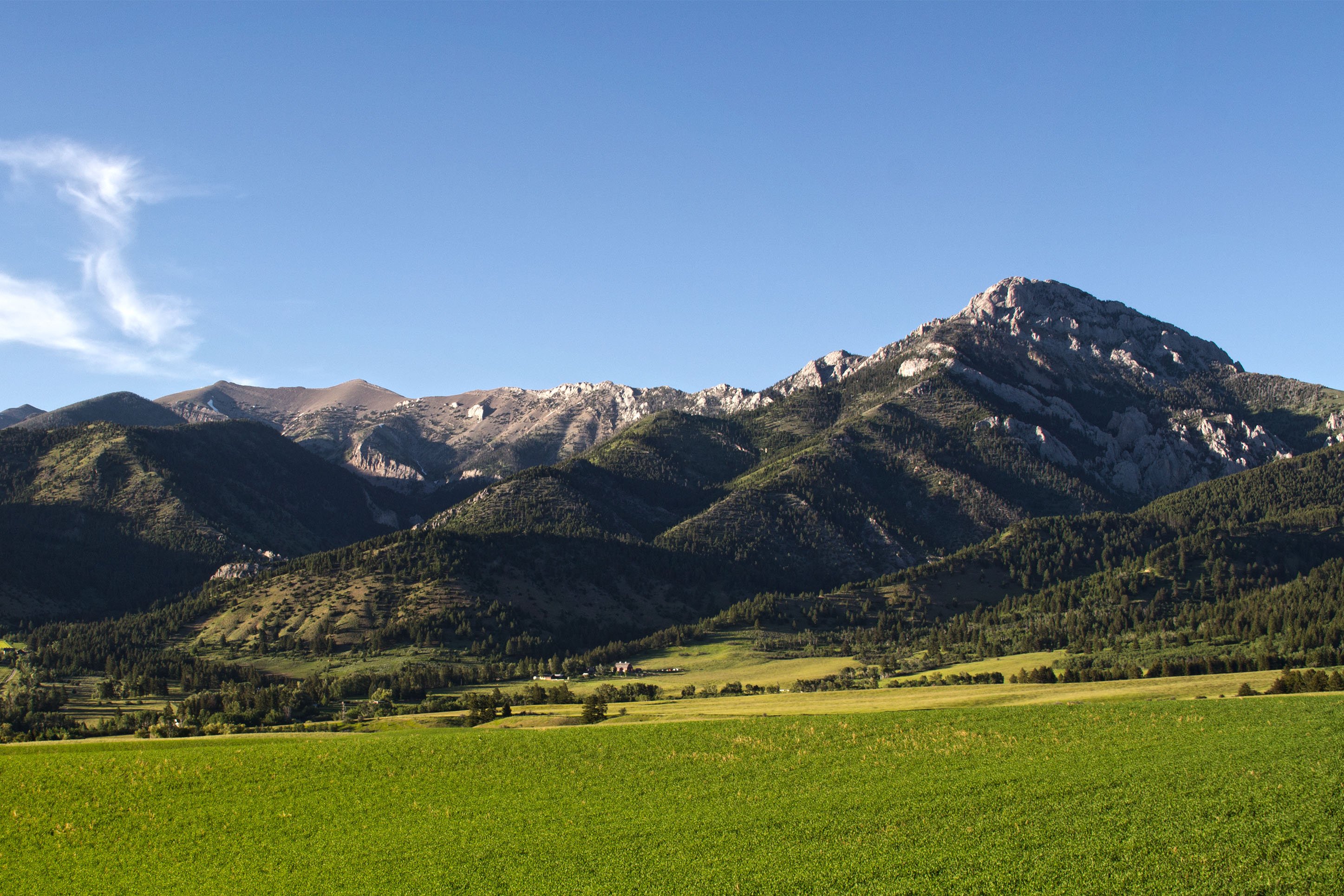3 Great Spots for Stargazing in Bozeman
The dark skies around Bozeman make for exceptional stargazing – particularly if you go during a new moon when the stars appear to be the brightest and most dense. Of course, Bozeman doesn't have a lot of light pollution in the town proper, so you'll still be able to catch the stars from most locations but take a short jaunt out of town where the skies are dark and be prepared to be amazed!
Pack a picnic, a comfy blanket, and your sense of wonder, and head out to ponder what lies beyond.
Where to Find the Best Stargazing
Hyalite Canyon Recreation Area
Hyalite Canyon and reservoir is a short drive from Bozeman and offers multiple viewing options. Camping on the reservoir bank is a lovely setting, but for a shorter hike, try Palisade Falls, which is paved and accessible for all. Emerald Lake is a short hike above Hyalite and is generally less crowded if you're a backpacker. There are also campsites along Hyalite Creek on the way up, which also offer nice viewing spots.
Bridger Mountain Range
The east side of the Bridger Mountains is sparsely populated, and the lights from town aren't visible, which makes for another excellent stargazing location. Battle Ridge Campground is a great place to pitch a tent and spend the night, or park in the Bridger Bowl parking lot and either tailgate or take a short hike up the mountain and relax under the stars before heading back to town.
Yellowstone National Park
With over 2 million acres and hardly any buildings, Yellowstone is an exceptional place to find big, dark skies and many stars. There are several designated campgrounds in the Park, but if you're up for a big adventure, 293 designated backcountry campsites provide absolute darkness and a killer star show.

Tips for Stargazing
Let your eyes adapt to the light.
It takes 15 to 20 minutes for your eyes to adjust. You'll be amazed at how many stars become more visible as you let your eyes adjust to the light. If you need light to walk around, a red light is best.
Watch the moon phases.
The best time to view the stars are the days before, during, and after a new moon when there is very little light in the sky.
Don't jump right into a telescope.
There are a lot of nuances to a good telescope; if you want to see more closely, start with a pair of binoculars. You can even see the moon's craters with a simple pair of binocs!
Learn the constellations.
It's fun to find constellations and an excellent way for the whole family to learn more about astronomy. In addition, some fantastic apps put the maps right in the palm of your hand.
Watch for special events.
Meteor showers can create an incredible show with dozens of shooting stars per hour sailing across the sky. You might catch the aurora borealis or Northern Lights if you're lucky. These beautiful dancing waves of light are rare, but meteorologists can provide insights on when to expect to see them, and you can plan your stargazing adventure around those times!
Look for the Milky Way.
If you see a whitish, hazy line across the sky, that's the Milky Way, a vast collection of stars, dust, and gas that can't be individually distinguished with the naked eye. This galaxy appears like a disc; if you could view it from the top or bottom, it would look like a spiral.
Learn to identify planets.
Some of the brightest dots in the sky are planets, not stars. One of the easiest ways to distinguish them is that planets don't twinkle like stars.
If you enjoyed this blog, take a look at some of our other related articles at Bozemancvb.com:

In our never-ending quest to keep up with all things new in Bozeman, we have been producing content for years and can't possibly update every blog when new businesses open or existing businesses close. Please reference the publish date and do your own due diligence when making plans.


